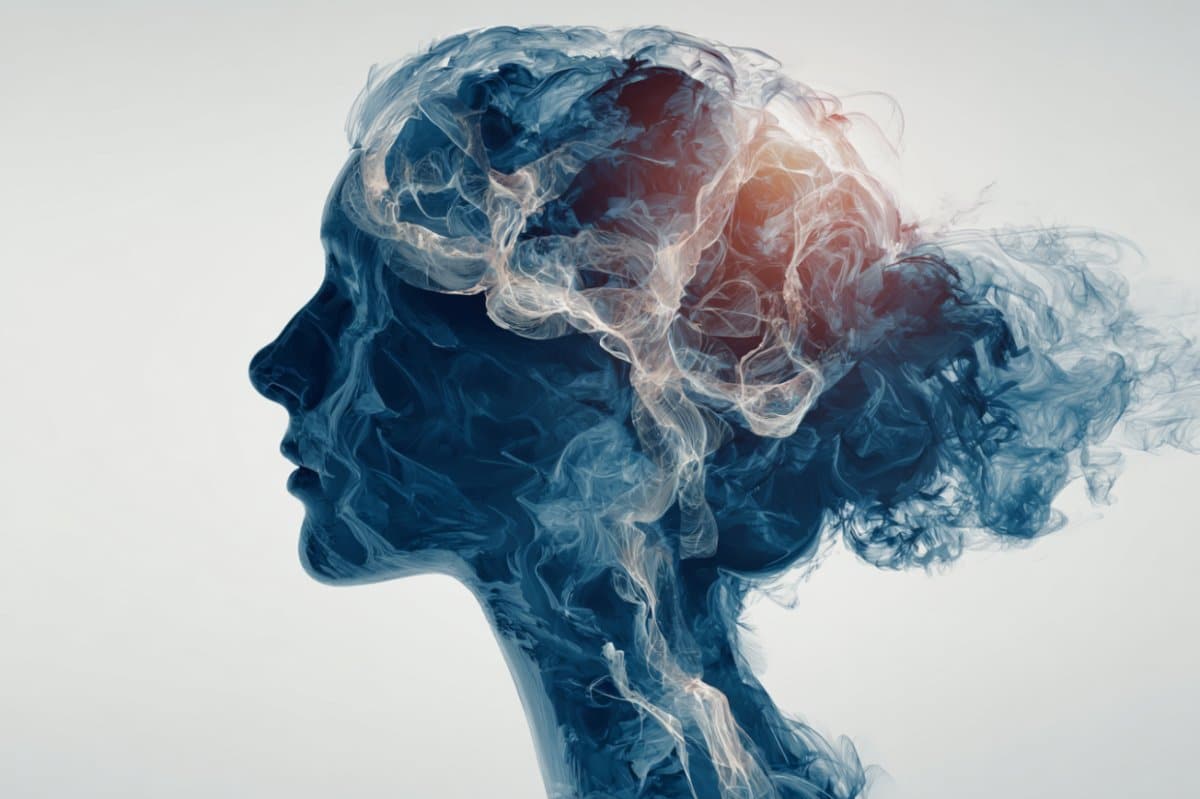Summary: Researchers have identified a distinct brain signature linked to the conscious experience of emotional intensity. By combining AI modeling, advanced brain imaging, and realistic experimental scenarios, they measured arousal from a wide range of emotional contexts while separating it from involuntary bodily responses.
This breakthrough challenges long-standing debates about whether feelings and physical reactions can be separated. The discovery opens the door to advances in emotionally intelligent AI, affective computing, and targeted treatments for emotional disorders.
Key Facts:
- Precise Brain Signature: Identifies conscious emotional arousal across multiple contexts.
- Mind-Body Separation: Demonstrates that feelings can be distinguished from automatic bodily responses.
- Wide Applications: Potential to improve AI, brain-computer interfaces, and mental health treatments.
Source: University of Hong Kong
Arousal – how alert or excited one feel – is a basic part of emotions, along with whether those emotions are positive or negative.
Scientists still don’t fully understand how the brain creates these feelings of arousal, or if the brain uses the same or different systems for emotional arousal compared to states such as being awake or having a bodily reaction.
Credit: Neuroscience News
A recent study led by Professor Benjamin Becker from the Department of Psychology at The University of Hong Kong (HKU) uncovers a brain signature that reveals how emotional intensity is consciously experienced – and whether this experience is distinct from automatic bodily reactions.
Using a powerful combination of AI-driven modelling, advanced brain imaging, and close-to-real-life experimental paradigms, the team was able to uncover a brain signature that precisely measures emotional intensity (arousal) across diverse situations ranging from seeing a loved one to a horror movie.
Notably, the team was able to disentangle the conscious emotional experience from the automatic physiological responses such as sweating ot heart racing.
The findings touch on a core debate that has fascinated philosophers and psychologists for over 150 years, debating whether conscious feelings and bodily reactions can be separated. Such insights could drive the next generation of emotionally intelligent AI systems by indicating that conscious emotional experience can be distentangled from bodily aspects.
Beyond the theoretical implications, this discovery opens new avenues for:
- Developing and designing emotionally intelligent AI systems
- Advancing brain-computer interfaces and affective computing, and
- Designing more precise interventions for emotional disorders such as anxiety and depression.
In short, this research offers a better, more precise way to understand how our brains create emotional arousal, and it could help with future studies and applications in understanding emotions.
About this neuroscience and emotion research news
Author: Jaymee Ng
Source: University of Hong Kong
Contact: Jaymee Ng – University of Hong Kong
Image: The image is credited to Neuroscience News
Original Research: Open access.
“A neurofunctional signature of affective arousal generalizes across valence domains and distinguishes subjective experience from autonomic reactivity” by Benjamin Becker et al. Nature Communications
Abstract
A neurofunctional signature of affective arousal generalizes across valence domains and distinguishes subjective experience from autonomic reactivity
Arousal is fundamental for affective experience and, together with valence, defines the core affective space.
Precise brain models of affective arousal are lacking, leading to continuing debates of whether the neural systems generalize across valence domains and are separable from those underlying autonomic arousal or wakefulness.
Here, we combine naturalistic fMRI with predictive modeling to develop a brain affective arousal signature (BAAS, discovery-validation design, n = 60, 36).
We demonstrate its (1) sensitivity and generalizability across mental processes, valence, and stimulation modality and (2) neural distinction from autonomic arousal and wakefulness (24 studies, n = 868).
Affective arousal is encoded in distributed cortical-subcortical (e.g., prefrontal, periaqueductal gray) systems with local similarities in thalamo-amygdala-insula systems between affective and autonomous arousal.
We demonstrate application of the BAAS to improve specificity of established valence-specific neuromarkers.
Our study provides a biologically plausible model for affective arousal that aligns with the affective space and has a high application potential.







